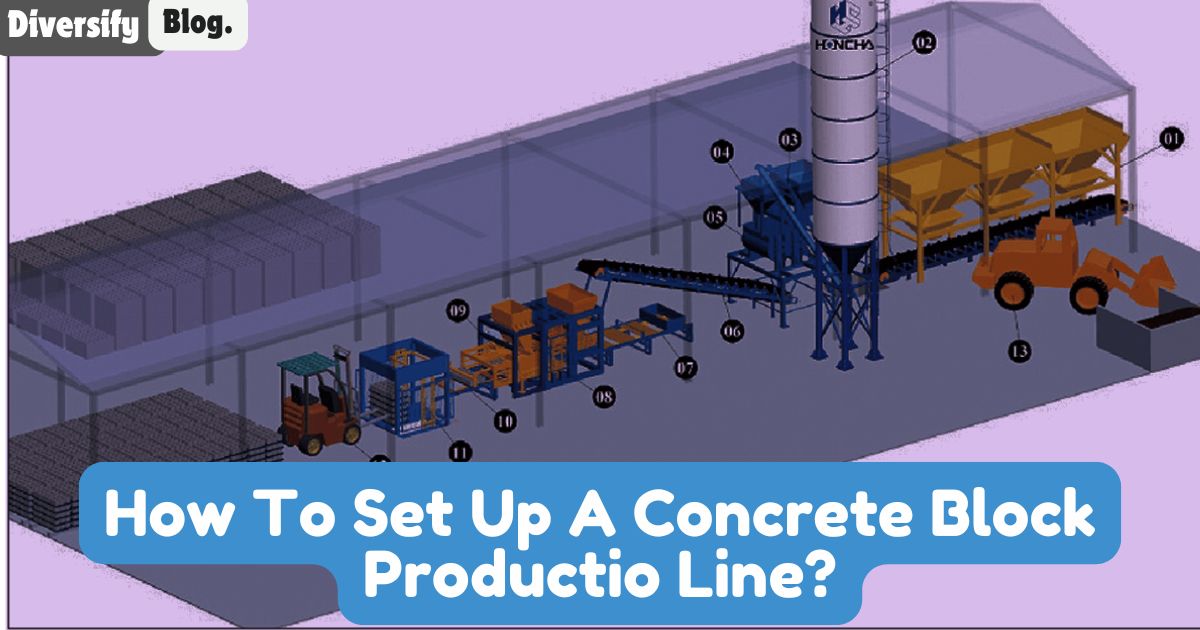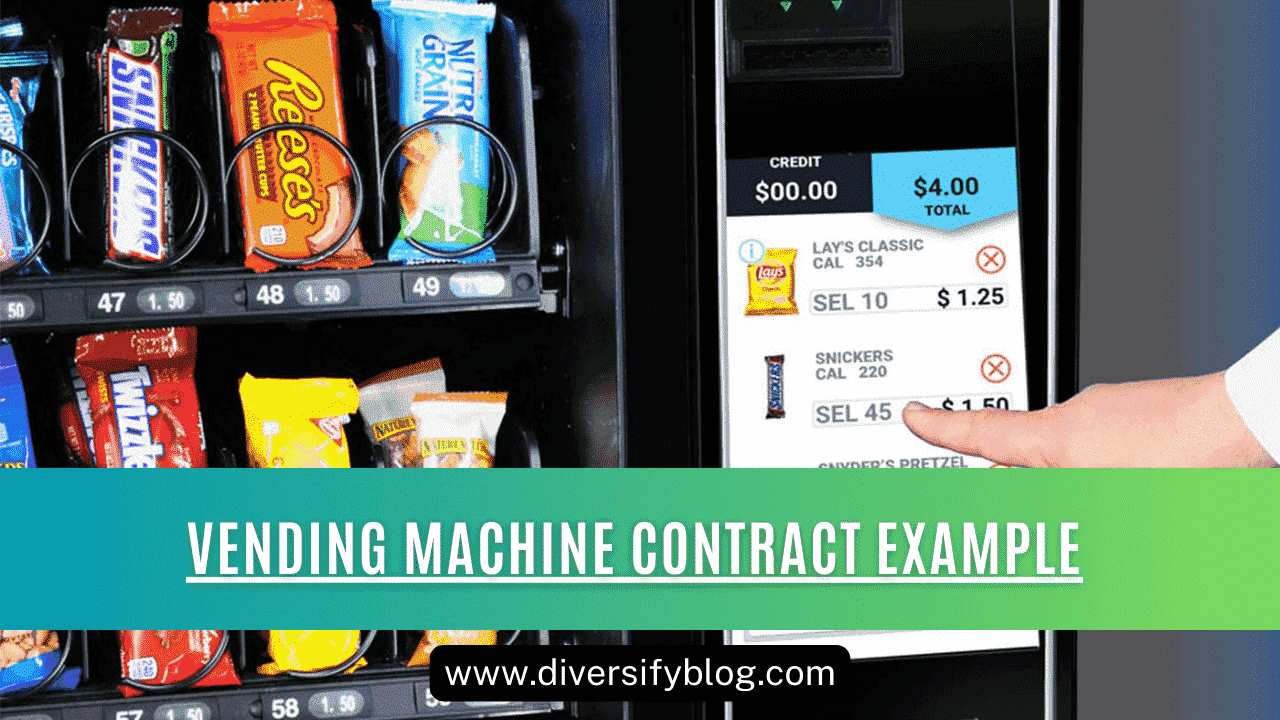Introduction:
Concrete blocks are a popular building material used in construction projects worldwide. They are strong, durable, and versatile, making them suitable for various applications, from walls and foundations to decorative elements. The process of making concrete blocks is known as concrete block manufacturing.
The history of concrete blocks dates back to ancient times. The Romans were among the first to use concrete mortar for building. Around 200 B.C., they began using small concrete blocks in their structures, showcasing the material’s strength and versatility. However, much of this advanced concrete technology was lost after the fall of the Roman Empire in the fifth century.
It wasn’t until the 19th century that concrete blocks began to regain popularity. In 1824, English stonemason Joseph Aspdin invented Portland cement, which became a key ingredient in modern concrete. This innovation laid the foundation for the concrete block manufacturing process we know today.
Concrete blocks can be made in different shapes and sizes, with some blocks featuring hollow cavities to reduce weight and improve insulation. Manufacturers can also create colorful and decorative blocks to enhance the aesthetics of buildings.
In this blog post, we will explore how to set up a concrete block production line, including the steps involved, the types of equipment used, and the advantages of setting up a concrete block production line. Whether you are an entrepreneur looking to start your own production line or simply curious about the process, this guide will provide valuable insights into the world of concrete block manufacturing.
Table of Contents
The Concrete Block Manufacturing Process
Setting up a concrete block manufacturing setup involves several key steps that work together to produce high-quality concrete blocks efficiently. Understanding this process is crucial for anyone interested in establishing an automatic block production system or enhancing their current operations.
1. Mixing
The first step in the efficient block making process is mixing the raw materials. This typically involves combining sand, gravel, and Portland cement in the right proportions. A concrete batching system is used to ensure precise measurements of each ingredient. Once mixed, water is added, which can be adjusted based on the weather conditions—using a chiller or heater if necessary. This mixture is then blended in a stationary mixer, such as a planetary or pan mixer, for several minutes.
2. Molding
After mixing, the concrete is transferred to a molding system. This step is essential as it shapes the blocks. The concrete is poured into molds, which determine the block’s size and shape. Using advanced molding techniques, the blocks are compacted to achieve the desired density and strength. A hydraulic press is often used to apply pressure during this stage, ensuring the blocks are formed correctly.
3. Curing
Once the blocks are molded, they undergo a curing process. This is a critical step that allows the concrete to harden and gain strength. Blocks are placed in a curing area where they are kept at specific temperatures and humidity levels. Depending on the setup, this can involve low-pressure steam curing or simply allowing the blocks to cure in a controlled environment. The curing process can take several hours to a few days, depending on the type of concrete and environmental conditions.
4. Cubing
After curing, the blocks are prepared for storage or shipment. In this stage, blocks are often stacked into cubes to optimize space and make transportation easier. An efficient block production line ensures that this process is automated, with machinery handling the stacking and transport.
Types of Concrete Equipment
When setting up a concrete block manufacturing operation, having the right equipment is essential for efficiency and quality. Each piece of machinery plays a crucial role in the concrete block manufacturing setup, ensuring that the entire process runs smoothly. Here’s a look at the key types of concrete equipment used in this industry:
1. Concrete Batching Plants
A concrete batching plant is vital for mixing the raw materials. This equipment ensures that precise proportions of sand, gravel, cement, and water are combined to create a consistent mix. Automated batching systems allow for accurate measurements and help maintain quality control throughout the production process.
2. Concrete Mixers
Concrete mixers are used to combine the ingredients thoroughly. There are various types of mixers, including drum mixers and pan mixers. Drum mixers are ideal for larger batches, while pan mixers provide uniform mixing for smaller quantities. Efficient mixing is crucial for producing strong concrete blocks.
3. Molding Machines
Molding machines are responsible for shaping the concrete into blocks. These machines can be hydraulic or mechanical and come equipped with different molds to create various block sizes and shapes. The molding process is vital, as it directly affects the strength and appearance of the final product.
4. Curing Equipment
Curing equipment helps maintain the right conditions for the concrete blocks to harden. This may include curing chambers or kilns that control temperature and humidity. Proper curing is essential for achieving the desired strength and durability of the blocks.
5. Conveyors
Conveyor systems are used to transport materials and products throughout the production line. They help move raw materials to the batching plant, carry mixed concrete to the molds, and transfer cured blocks to storage. Using conveyors increases efficiency by automating material handling and reducing labor costs.
6. Palletizers
Palletizers automate the process of stacking the cured blocks onto pallets for storage or shipment. This equipment uniformly organizes blocks, making it easier to transport them to construction sites. An efficient palletizing system helps streamline the logistics of your production line.
Full-Automatic Block Production Line
A full-automatic block production line represents the pinnacle of efficiency and innovation in the concrete block manufacturing industry. This advanced system integrates multiple components to streamline the production process, making it easier to produce high-quality concrete blocks consistently. Here’s an overview of the key systems involved in a concrete block manufacturing setup:
1. Batching (Dosing) System
The batching system is the first step in an automated production line. It is controlled by a computer, which allows operators to input specific product formulas. The system accurately measures different raw materials, ensuring the right proportions of sand, gravel, and cement. This precision is crucial for maintaining quality in the efficient block making process.
2. Mixing System
Once the materials are batched, they are transferred to the mixing system. This equipment is designed for force mixing, ensuring all components are blended uniformly. The mixing time, water addition, and discharge are all controlled by the computer, which optimizes the mixing process for various concrete products. This is essential for producing strong, durable blocks.
3. Molding System
The molding system uses programmable logic controllers (PLCs) for intelligent control, enabling hydraulic transmission and vibration compression molding. This system can adapt to produce different types and specifications of molds, allowing for flexibility in manufacturing various cement blocks and other products. The molding process is critical for defining the shape and density of the blocks.
4. Elevator System
An elevator system transports molded products to different levels in the production line. This mechanical synchronous transmission is also under PLC control, ensuring smooth operation as products move upward for curing. The elevator plays a vital role in optimizing space and efficiency in the production facility.
5. Finger Car System
The finger car system is an automated transport mechanism that moves wet products to the curing kiln. It operates under PLC control, allowing for precise speed adjustments. This system ensures that products are efficiently placed in the kiln for curing, which is essential for achieving the necessary strength and durability.
6. Lowerator and Palletizing System
Once the blocks have cured, the lowerator lowers them onto a conveyor for palletizing. The palletizing system stacks the blocks according to specified requirements, allowing for efficient transportation to the finished product area. This fully automatic process not only saves time but also enhances the overall productivity of the industrial concrete block production line.
In conclusion, a full-automatic block production line revolutionizes the way concrete blocks are manufactured. By integrating advanced technologies and systems, manufacturers can achieve a highly efficient production process that meets the demands of the construction industry. Understanding how each component works together is essential for anyone looking to implement or optimize a concrete production line installation.
People Also Ask
What are the steps in block production?
- Batching: Measure and mix raw materials (sand, gravel, cement, water).
- Mixing: Blend materials thoroughly in a concrete mixer.
- Molding: Pour mixed concrete into molds to form blocks.
- Curing: Allow blocks to cure in a controlled environment.
- Cubing: Stack cured blocks for storage or transportation.
How to make concrete blocks step by step?
- Gather Materials: Collect sand, gravel, cement, and water.
- Batching: Measure the required quantities of materials.
- Mixing: Combine ingredients in a concrete mixer.
- Molding: Transfer mixture into molds and compact it.
- Curing: Store molds in a humid environment to set.
- Finishing: Remove blocks from molds and allow full curing.
How to start a block factory?
- Research the Market: Analyze demand and competition.
- Create a Business Plan: Outline goals and financials.
- Choose a Location: Find a site with raw material access.
- Acquire Equipment: Purchase necessary machinery.
- Obtain Permits: Ensure compliance with local regulations.
- Hire Staff: Recruit skilled workers for production.
- Launch Production: Start manufacturing blocks with quality control.
What are the steps in making concrete hollow blocks?
- Batching: Measure raw materials for hollow blocks.
- Mixing: Combine materials in a concrete mixer.
- Molding: Pour mixture into hollow block molds.
- Compaction: Compact the mixture to remove air pockets.
- Curing: Allow blocks to cure in a controlled environment.
Conclusion
The concrete block manufacturing process involves several key steps: mixing, molding, curing, and cubing. Each stage is crucial for producing high-quality concrete blocks that meet construction demands. Utilizing advanced equipment, such as concrete batching plants and molding machines, enhances efficiency and consistency in the production process.
Implementing a full-automatic block production line further streamlines operations. Automation integrates various systems, allowing for precise control and significantly reducing labor costs. This efficiency is essential for manufacturers looking to optimize their production capabilities.
As the construction industry evolves, investing in modern technology and following best practices for block manufacturing will be vital for maintaining a competitive edge. By focusing on these aspects, manufacturers can achieve higher productivity and superior quality in their concrete block production.



















